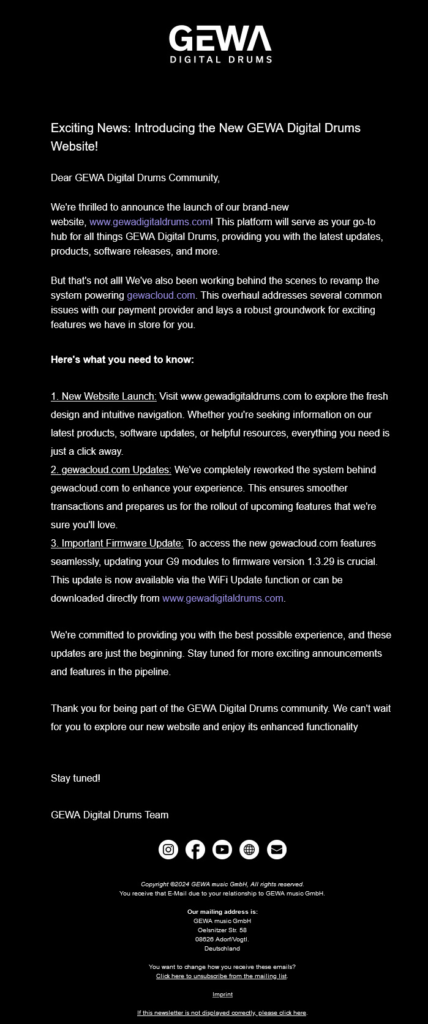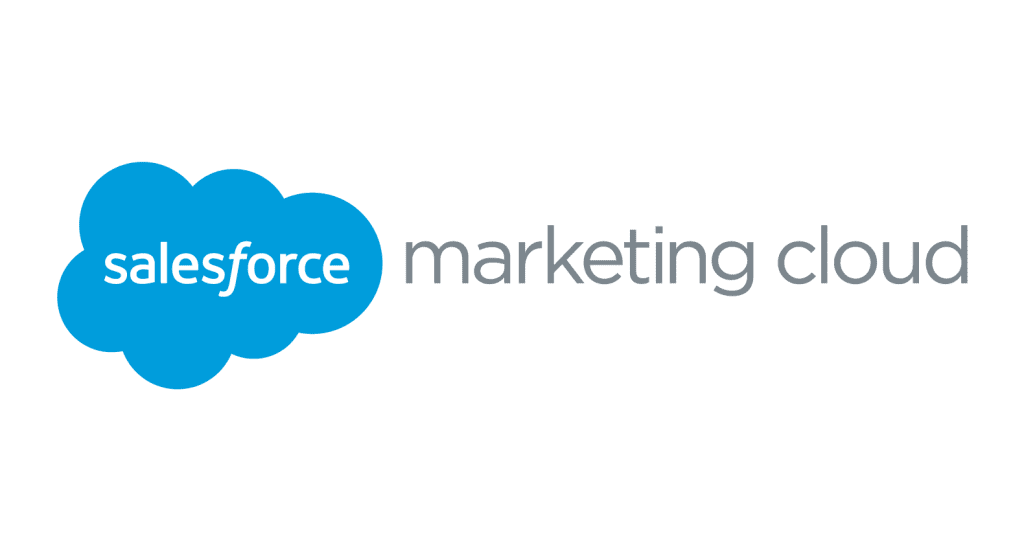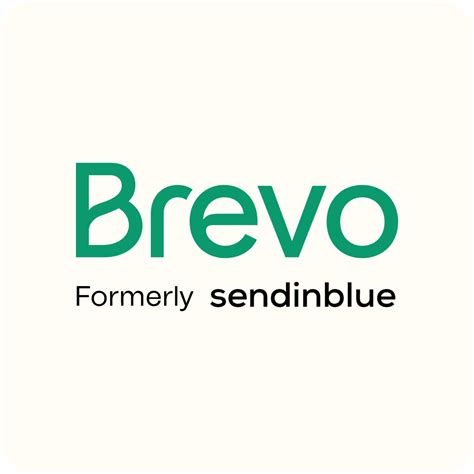Email, or rather the SMTP protocol that powers our emails, turned 40 in 2022. 40 years, an eternity for a digital technology. And yet, it's still moving. Email is evolving, strengthening and innovating. Faced with the challenges of phishing and spam, specialized expertise in deliverability is essential for success in this field.
This page offre un condensé de tout ce qu’il faut savoir pour bâtir une emailing strategy qui fonctionne.
Idéal pour quiconque gère des campagnes emails pour son organisation et veut se mettre à jour.
Table of contents
- What do the latest Apple versions mean for emailing?
- Statistics & emailing
- Deliverability & emailing
- What email content will attract interest in 2024?
- Measuring the carbon impact of your emailing strategy
- What are the latest trends in email design?
- What is quality HTML code for email?
- Manage your inactive e-mail addresses
- Commercial pressure in emailing
- Which market tools will be the most popular in 2024?
- Conclusion on emailing in 2024
What do the latest Apple versions mean for emailing?
La catégorisation des emails dans Apple Mail
La catégorisation des emails dans Apple Mail est arrivée en France avec iOS 18.4.1. Comme prévu, 4 onglets : Principale, Transactions, Alertes et Publicités.
L’onglet « Alertes » est particulièrement intéressant : il regroupe les notifications réseaux sociaux et les newsletters. Les newsletters sont donc séparés des emails promotionnels qui eux sont dans l’onglet « Publicités ».
Cette catégorisation pourrait inciter les marques à développer une vraie stratégie d’infolettre pour apparaitre dans plusieurs onglets.
Apple Mail Privacy Protection
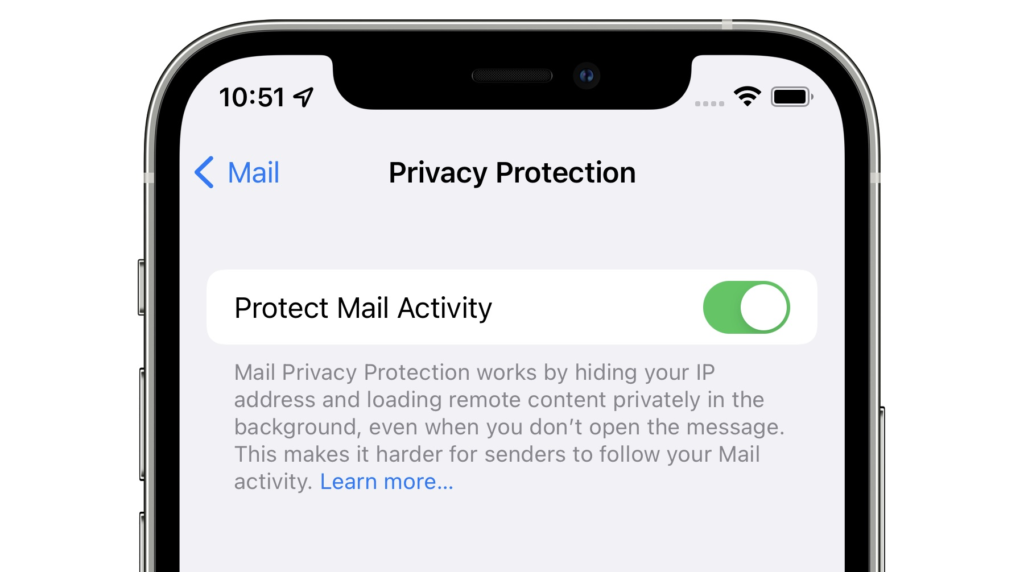
Since September 2021, Apple has been caching images (thus the opening tracking pixel from iOS15, iPados15, and macOS Monterey.
D’après Litmus, la part des utilisateurs qui ouvrent leurs emails via un environnement Apple est de 49,56%.
Source: https://www.litmus.com/email-client-market-share/
What can we conclude from this?
- Openness is an increasingly unreliable indicator in emailing.
- Click-through rate and churn rate are currently 100% reliable. They are to be preferred in the analysis of your email campaigns.
- Targeting based on openness (e.g. non-openers) is not accurate, never has been and will be less and less so.
- So be careful your marketing automation scenarios whose targeting is based on openness.
- Il faut certainement revoir la définition de vos inactifs emails
Statistics & emailing
Dans le secteur e-commerce/retail, l’email affiche des performances en baisse. Les taux de clic ont tendance à diminuer et les taux de désinscription à augmenter.
Ce constat émerge des échanges que nous avons avec la communauté Badsender.
Brevo confirme cette tendance dans son récent Benchmark email 2025.
Quelles seraient les causes ?
- Un contexte économique ultra-tendu
- Une pression commerciale identique pour tous les profils
- Une personnalisation insuffisamment individualisée
- L’émergence d’autres canaux (WhatsApp, SMS/RCS, wallets, notifications push) modifiant les interactions des clients et prospects envers les marques. La baisse des conversions doit donc être analysée dans une perspective multicanale, au-delà du seul canal email.
La stratégie emailing « pépère » d’hier est-elle encore pertinente aujourd’hui ?
Pour maintenir des performances satisfaisantes, une approche plus fine s’impose.
Une pression commerciale adaptée aux différents profils
– Une personnalisation plus poussée des contenus via le marketing automation ou des outils tiers
Badsender.com peut vous aider à analyser qui sont vos profils inactifs et vos désabonnés.
Dans son Benchmark, Brevo analyse les résultats selon la taille des entreprises et le secteur d’activité. N’hésitez pas à vous y rendre pour vous positionner.
Sinon, les indicateurs globaux de l’emailing en 2025 qui sortent des campagnes envoyés par Brevo sont :
– Taux d’ouverture moyen : 33,90 %
– Taux de clic moyen : 4,32 %
– Taux de désinscription moyen : 0,41 %
– Taux de délivrabilité moyen : 96,29 %
Le taux de clic me paraît particulièrement élevé.
Brevo ne fait probablement pas la distinction entre les emails automatisés et les emails commerciaux envoyés en masse. C’est dommage.
Mais bon, la production d’un tel benchmark par secteur et par taille est déjà un travail énorme.
Pour plus d’infos, vous pouvez lire notre article mis à jour sur les meilleurs benchmarks emailing : https://lnkd.in/eSVYNuM7
Pour télécharger directement l’étude de Brevo : https://lnkd.in/eHNkDntj
Badsender has found you a list of the best emailing benchmarks.
Deliverability & emailing
Un taux de plainte en dessous de 0,1%
Best practices become mandatory rules at Gmail and Yahoo!
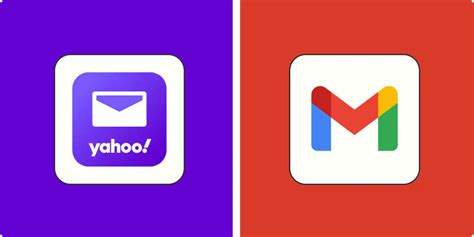
Since February 1, 2024, Yahoo! and Gmail have set up "new" rules:
- Maintain an email complaint rate below 0.3% At Google, the negative impact begins if you exceed 0.1% spam complaints. The 0.3% is a threshold beyond which your e-mails will land in the spam box or be rejected and not be eligible for Google intervention.
- SPF AND DKIM AND DMARC authentication required DMARC becomes mandatory. For the time being, however, it remains permissible to use a neutral security policy. It is nevertheless recommended touse DMARC reports to bring all your traffic into compliance email. This will ensure that all your emails are authenticated with SPF and DKIM.
- Sending domain alignment Yahoo! and Google ask you to align your domains. This means that domain names to send your email must be the same as those used in your SPF and DKIM authentications.
- Valid "reverse DNS" and "forward DNS" records These two techniques allow you to verify that your sending domain is linked to your sending IP address (forward DNS). And in the other direction, your IP address is linked to your sending domain name (reverse DNS). This "two-way" validation provides additional proof of the legitimacy of your e-mails and the absence of identity theft.
- Introducing List-Unsubscribe "One-Click List-Unsubscribe is the technical mechanism that enables webmail and messaging interfaces to display an unsubscribe button outside the email content. Yahoo! and Gmail are making it compulsory to include a List-Unsubscribe in your email headers. Unsubscription must be effective within two days of the user's action.
What can we conclude from this?
- The best practices dictated over the years have become mandatory rules:
- send your e-mails to opt-in addresses
- send value-added content to your targets to maximize opens and clicks
- adapt sales pressure and avoid over-solicitation
- do not send emails to inactive addresses
- DMARC authentication becomes crucial.
- The marketing team MUST collaborate with the IT department on these issues.
If you want to know more about this subject :
You've come to the right place. Badsender has given itself away!
We have written an ultra-complete, animated 2 lives article detailing the new rules point by point, the organizations affected by them and the risks involved.
We also wrote a comprehensive guide to the steps involved in setting up DMARC.
Microsoft
Depuis plusieurs mois, nous notons des difficultés grandissantes dans la livraison vers Microsoft. Depuis plusieurs années, il n’était déjà pas simple d’envoyer des campagnes et d’avoir des résultats stables vers Microsoft, mais c’est encore pire depuis quelques temps. Cela concerne tous types de campagnes et tous les secteurs.
Cette impression est encore accentuée par des taux d’ouvertures moins fiables que jamais sur d’autres destinations comme Apple (icloud et me.com)
Quels facteurs influencent la délivrabilité ?
De nombreux facteurs influencent la délivrabilité. Mais les facteurs techniques, s’ils peuvent être bloquants, sont bien mois importants que le reste des facteurs.
Voici un classement récent (mais forcément imparfait) des paramètres de délivrabilité :
- Domain reputation : 23 %
- Complaints : 19 %
- Infrastructure : 12 %
- IP reputation : 12 %
- Bounces and Spam Traps: 12 %
- Commitment: 12 %
- Volume : 5 %
- Contents: 5 %
If you want to know the basics of deliverability :
Badsender has written a comprehensive guide to the nuts and bolts of deliverability and the best practices to put in place.
A look at some persistent misconceptions about deliverability
- Use the words "free", "credit"... or even "viagra" won't necessarily penalize the delivery of your emails. Just as writing an uppercase subject line won't necessarily cause your deliverability rate to plummet. Make sure you stay well-informed: the Internet is full of simplistic articles that will tell you otherwise, copying and pasting the same lists of spamwords for years.
- Image weight, HTML file weight have very little impact on deliverability.
- Text-to-image ratio has little impact on deliverability.
- The way an email's html code is written has no direct influence on its categorization as spam.
Feel free to consult (and transfer!) this article on false beliefs in emailing.
Adopt BIMI to display your logo in Gmail, Yahoo! and Laposte.net
- BIMI (Brand Indicators for Message Identification) is the reward found by Gmail, Yahoo! Laposte.net and Free for senders who have implemented DMARC with a QUARANTINE or REJECT security policy.
- BIMI offers brand logo integration in users' inboxes. A distinctive visual that every marketer wants!
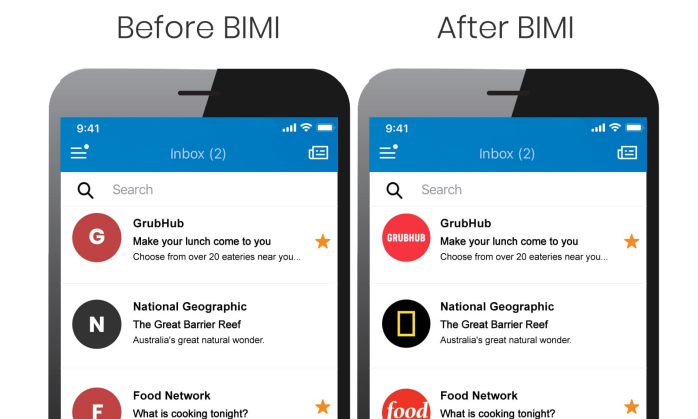
- BIMI's primary objective is to strengthen domain name security. But a hacker could also implement BIMI. So webmails also require proof that the sender is the trademark holder by purchasing a VMC certificate. (Verified Mark Certificate), which costs around $1,500 per logo per year.
What can we conclude from this?
ISPs and webmails are doing their utmost to encourage senders to use DMARC authentication.
To dig deeper into the subject:
Buy a VMC certificate to get a Checkmark
- The blue or purple checkmark is the carrot found by Gmail, Yahoo! and Laposte.net for senders who have purchased the VMC (Verified Mark Certificate).


What can we conclude from this?
ISPs and webmails are doing their utmost to encourage senders to use DMARC authentication.
What email content will attract interest in 2024?
The return of the real newsletter (in the sense of infoletter)
In recent years, the newsletter has regained some of its nobility. Especially when it's given back the meaning of newsletter. And even if it's a corporate newsletter, it's a good idea to keep as close as possible to some of the most important aspects of the newsletter. journalistic rules The key words are: to tell the truth, to be rigorous and accurate, to be impartial, to ensure fairness, etc.move away from the promotional model.
What can we conclude from this?
You're running out of options. You're going to have to write editorial content and put yourself in your targets' shoes. Even if promotions still work. They just don't create links and end up being tiresome. If you still want to exist in a few years' time, you're going to have to write!
To find out more about the newsletter :
Badsender has written a great guide detailing all the best practices for a powerful newsletter.
Respect the rules of emailing hygiene
A hastily written email is just another spam message in your customer's life.. The rules of editorial hygiene are essential to understanding your email, but not sufficient to create your brand territory.
| Rules to observe | Yes / No |
|---|---|
| Your subject line talks about the main topic of your email. | |
| Your subject line makes people want to open the email. | |
| Your preview text (the preheader) provides additional information about the object. | |
| The main title of your email does not repeat the subject line. | |
| The main title of your email provides additional information to the subject line and preheader. It goes a step further and arouses even more interest. | |
| You've explained why the subject is of interest to your particular target audience. | |
| You've used the active form. | |
| You've mostly used short, simple sentences with a single verb (few subordinate clauses with who, what, which, where, because...). | |
| You've limited the use of adverbs (all -ement words such as concretely, sincerely, truly...) (1 or 2 max allowed). | |
| You've chosen 2 conjugated verbs in a row rather than the gerund. | |
| You've explained all the technical terms (acronyms, jargon...) | |
| You don't have a "long tunnel" of text (more than 400 characters without going to the line) and you've segmented your text into short paragraphs. | |
| You've added headings, subheadings, bullet points and a few bold words to make it easier to find your way around. | |
| CTAs are clear and engaging. | |
| You have a main CTA in the top third of the email. | |
| You read the email aloud (essential, to see if the sentences are clear) | |
| You've put yourself in your target's shoes by rereading the email. |
The unmistakable tone of voice
An email written with care, putting yourself in the reader's shoes, can be a real exchange, a source of resonance. These days, it's hard to attract attention with a flabby sales pitch or a promotional offer alone.. Recipients expect brands to take a genuine stance, to take a stand (or even to make claims), to offer advice, to give their point of view.
What to do?
- Start by defining your raison d'être Who you are, what you do and why your brand exists.
- Then define the values of your brand: what you're willing to fight for.
- Then define your brand's character traits and your relational posture.
> Your tone of voice.

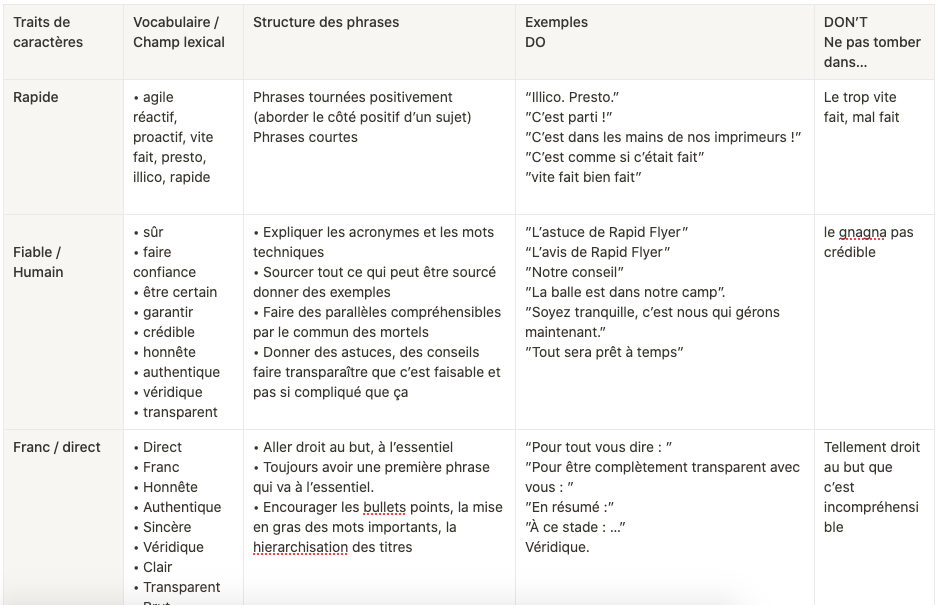
Define your topics: what can you talk about?
This means finding topics other than promoting your products or services. Topics that add value for your target audience, that really interest them.
What to do?
- Put your raison d'être and the sector in which you operate back on the table.
- Ask yourself these questions:
- What irritates you about your competitors?
- What false beliefs do you want to get rid of?
> You have an initial list of topics.
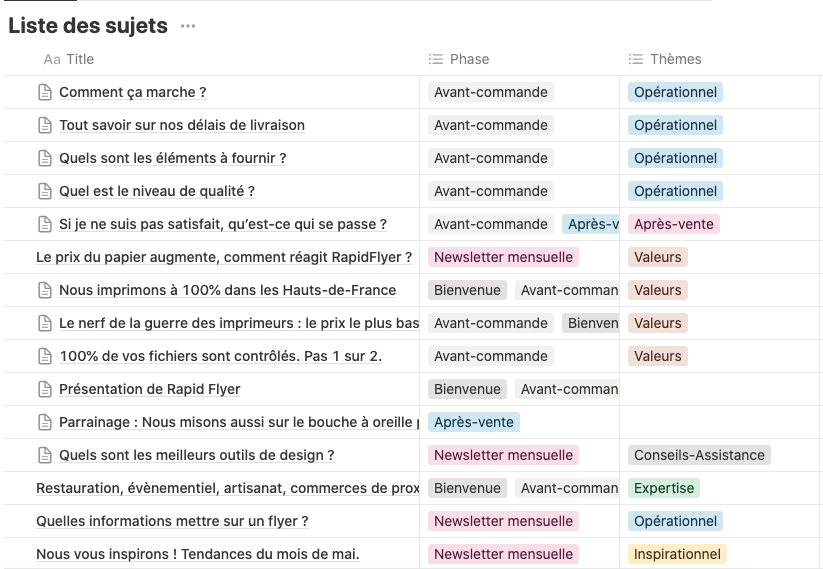
You now need to focus your copywriting as much as possible so that it hooks, surprises and intrigues the reader.
What to do?
- Define your audience, list your key contact targets.
- List the issues, the challenges your targets face.
- List their obstacles and difficulties.
- How can your organization help?
You have a second list of topics. Or at least, you have your communication angles.
You know the angle from which you're going to write your messages.
Measuring the carbon impact of your emailing strategy
Emailing carbon footprint
You can calculate the carbon impact of your email campaigns. Is it a priority? Certainly not. But sometimes, some organizations like to start from a numerical observation and improve it. It can also be useful if you need to prove to your staff that making an eco-designed email is good, but far from sufficient.
A lot of information is needed to calculate the carbon footprint of your entire email activity (promotional emails, transactional emails, newsletters, ...).
These are the criteria:
- NUMBER OF EMAILS DELIVERED
- LOCATION OF SENDING SERVER (France, Switzerland, USA...)
- CUMULATIVE OPENING RATE
- WEIGHT OF EMAILS SENT
- EMAIL READING TIME
- DISTRIBUTION OF TERMINALS (DESKTOP, SMARTPHONE, TABLET)
- READER LOCATION (France... )
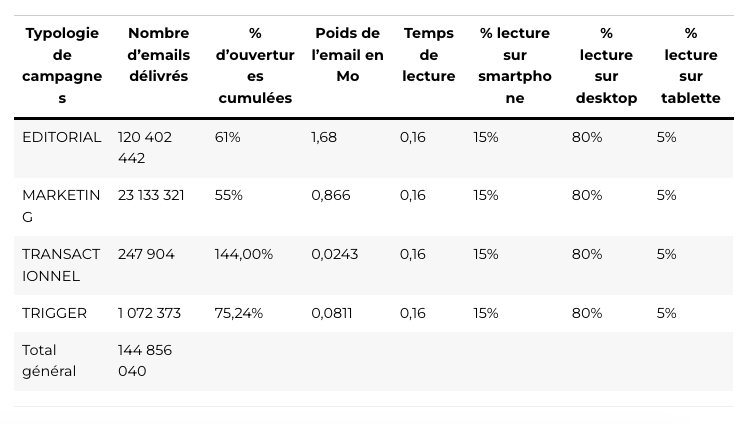
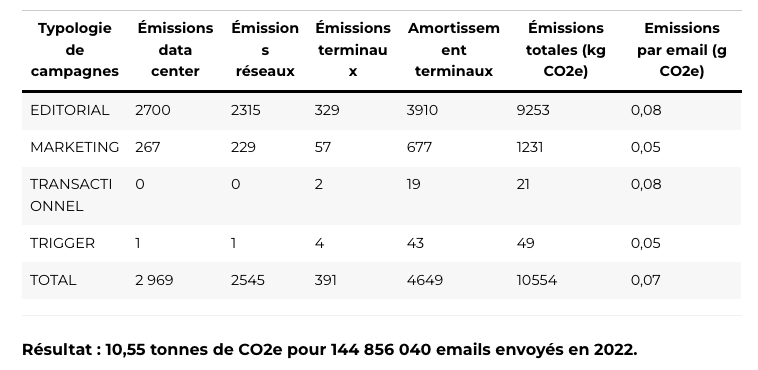
To dig deeper into the subject:
You can read Mediapart's case study, for which we calculated the carbon footprint of their 2022 emailing strategy.
Climate shadow or the consequences of messages conveyed by emailings and newsletters
For your emailing carbon footprint to be truly useful, you need to go further. You also need to include the impact of your business activity on your carbon emissions by adding criteria such as :
- If the advertiser is in the service sector:
- the turnover generated by email in €.
- and the carbon intensity per euro of the advertiser's turnover (if the advertiser has not done its carbon assessment, we can take the carbon intensity of the sector).
- If the advertiser is in the product sales business:
- the number of conversions generated by email and by product type
- and LCA (Life Cycle Assessment) by product.
From there, you'll have a real roadmap. You'll be able to determine which messages and which products or services you need to prioritize in order to participate (even via emailing) in your organization's transformation.
To dig deeper into the subject:
You can listen to the live session we gave with carbon footprint experts.
What are the latest trends in email design?
Towards a more militant design
- The highlightthrough the use of bold typefacesvery large text sizes, capital letters.
- From highly visible calls to actionwith the possibility of using borders, flat drop shadows... and text in uppercase.
- The human touch in illustrations.
- A picture is worth a thousand words to demonstrate the need for change.
- Short, punchy titles. Like a slogan. But striking.
- Figures to help flesh out sometimes vague or obscure themes. And to produce tangible results.
- Use action verbs to encourage (future) members to get involved, to get active, to give, to take action...
To dig deeper into the subject:
You can read the results of our survey of more than 50 militant organizations or listen to the live broadcast we gave on this subject.
Cues for diagonal reading
A strong prioritizing information font size, weight, bold words, categories, pictograms, etc... to help you read strong messages at a glance.
The underestimated "mailto
Creating a mailto link in an emailing or newsletter allows recipients to click on the link to open a new, pre-filled email directly. They don't have to copy and paste an email address, open a new email and write a text. It's a great way toencourage your subscribers to make contact with you or to forward your newsletters to those around them. The mailto link is simple to set up, but not so easy to build. There are a few "tricks" to know before you start. design your campaign.
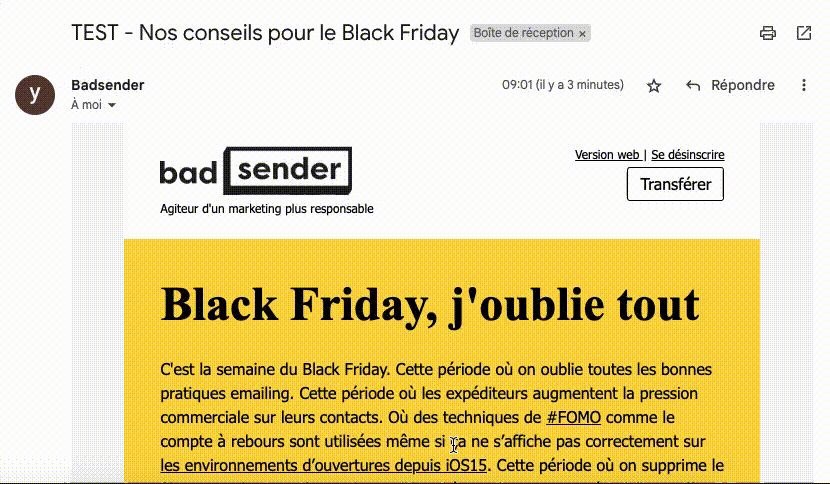
If you are interested :
You can use This article teaches how to create a mailto link. It's so simple!
100% text or almost
Text format is a differentiator, more eco-friendly because it's necessarily lighter in code.
Taking darkmode into account right from the design phase
Litmus email client market share shows that among the openings monitored, an average of 35 % used the dark mode in 2022.
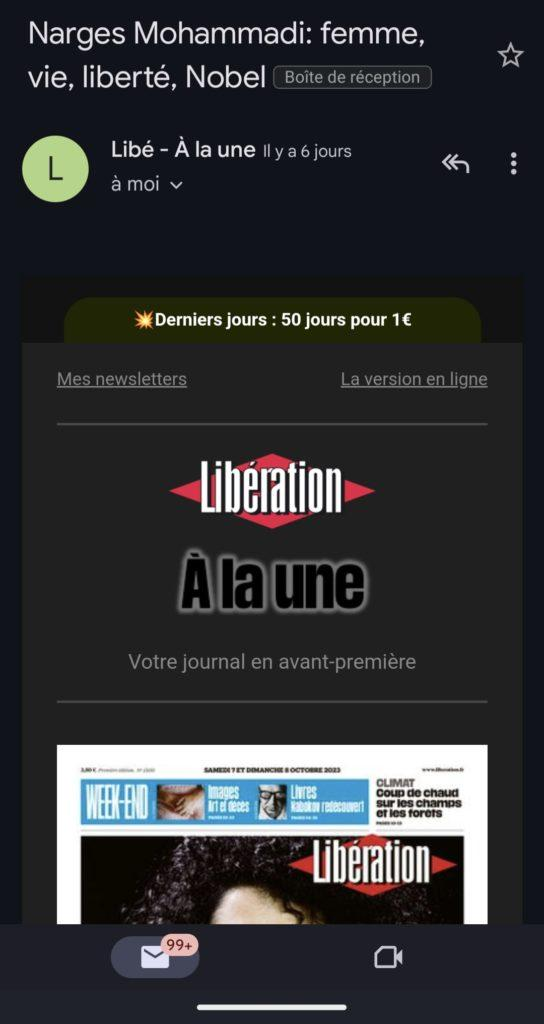
To dig deeper into the subject:
Badsender has written a comprehensive guide detailing best practices and our views on darkmode and email.
Towards the industrialization of design
- A tool for industrializing design : Figma.
- Tool for documenting the design system email : Zeroheight.
- Set up a branded template in the email builders of the routing tools.
- 100% email builders: Dartagnan, LePatron, Stripo, Beefree, etc.
What is quality HTML code for email?
The importance of knowing your email opening environments
The objective? To optimize the rendering of your mailings according to the opening environments most frequently used by your customers, and to make design choices.

To make sure you understand, you can read This article explains the difference between opening environments and domain names in your database..
Eco-design in emailing
Why make an eco-designed email?
- An eco-designed emailing reduces the weight of HTML files and images. Your mailings will weigh less on servers. So you're helping to reduce digital pollution.
- What's more, if they're less heavy, they'll appear faster in your contacts' mailboxes. The user experience will be better.
- Gmail truncates emails with HTML files larger than 102kb. If your e-mails are truncated, it will require an additional action on the part of the Internet user to read the rest of your e-mail. This is the argument that usually wins over marketers.
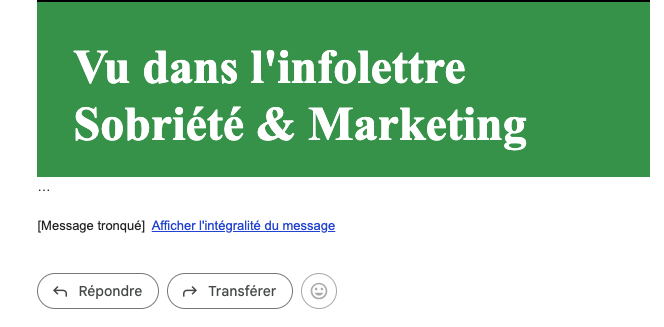
- If your emails are truncated and the unsubscribe link is in the footer of your emails, your readers won't see it. There's nothing illegal here, just a user experience that isn't maximized.
- Ideally, eco-design should be taken into account right from the design and development phases. writing your emails.
To dig deeper into the subject:
Badsender has written a complete guide to eco-design from design to integration html.
You can also follow this live event on eco-design and email creation to hear what we have to say.
Accessibility in email marketing
It shouldn't be a trend. But it is a reality, and we've been talking about it more and more in recent years. Accessible emails are those that are more easily read or interpreted by people with disabilities or neurological disorders. And there are a whole host of best practices for making your emails accessible.
To dig deeper into the subject:
Feel free to read this guide to accessible email.
Industrializing html integration for emailing
If you don't use an email builder but still want to industrialize HTML code generation, there are frameworks like Maizzle.
To dig deeper into the subject:
You can read an article and see a demo to understand how the Maizzle framework works and, above all, see if this tool is right for your organization.
Manage your inactive e-mail addresses
In an e-mail database, it's not unusual to find that 50% of e-mail addresses are active and 50% of addresses are inactive.
The management of inactive emails has changed somewhat since the arrival of AMPP, since opening is no longer reliable. We used to define an inactive address as any contact who had not opened your emails in the last 6 months (excluding transactional emails).
We therefore add the notion of clicks, which is a reliable indicator in email marketing. The definition becomes: " Openers - 6 months (non-iOS) OR Clickers - 12 months (if iOS)"..
Include a reactivation block in your newsletters :
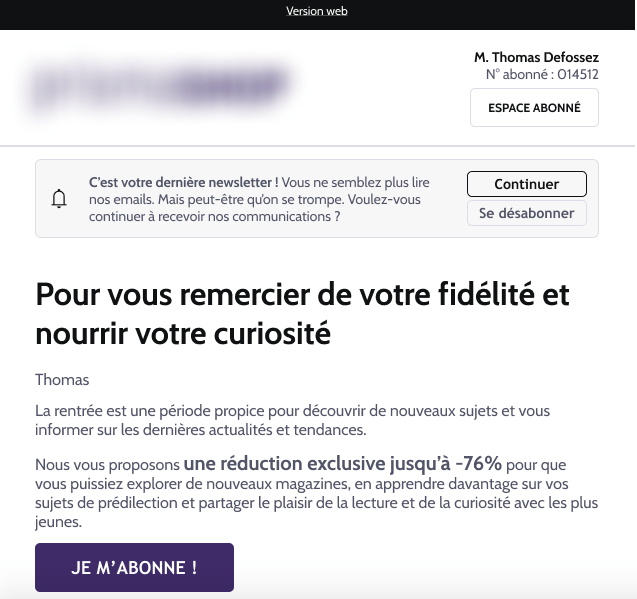
Set up a reactivation program?
- That's a real question. We could very well identify them, isolate them in a segment and exclude this segment from the mailings. Period.
- The more radical among us will say that there's no point in reactivating them. Insisting on a reactivation scenario is almost disrespectful. It's even more likely to damage your brand's reputation. Who likes to receive this type of email? (Examples below).
- Others, perhaps more short-sighted or under pressure from their bosses, will say they need to generate sales and will go for it.
Challenge your usual reactivation scenarioss: is a contact reactivated over the long term by a promotion? Or is it more of a short-term strategy?
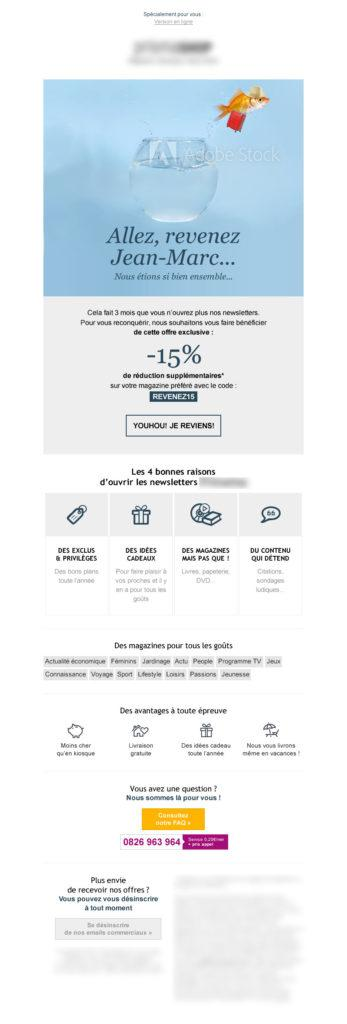
To dig deeper into the subject:
You can listen to a live discussion about managing inactives with lots of practical examples.
Commercial pressure in emailing
- Most of the commercial pressures put in place by brands have been decided on a whim. Very few carry out studies and tests.
- Psychologically, 1 email per week remains commonly acceptable.
- Send your campaigns to different segments: prospects, active customers, ex-customers - 6 months, inactive emails.
- Analyze the performance of your campaigns by segment to know when the risk is too great (dissatisfaction rate higher than 20%)..
- Play with rhythm solicitations: don't send them all the campaigns you have planned, but only a few of them.
To dig deeper into the subject:
You can read this article on the mystery of commercial pressure.
Which market tools will be the most popular in 2024?
Routers
Almost every tool is being bought out to create the largest, strongest software group or suite. The one that can take on the American competition. Even the most basic routers are buying up CDPs (Customer Data Platforms) and becoming part of this battle.
Please note that these 6 tools are just the ones we encounter most frequently among our customers, but there are more than 20 on the market. You shouldn't choose a tool based on its functionality, but rather on your needs. You can consult our benchmark of market routing tools to dig deeper into the subject.
Email builder
There are different tools with different business models: licenses based on the number of users or the number of emails created.
For a list of email builders and to find out which one is best suited to your organization, you can read This guide details the different possibilities and therefore the different tools for industrializing email production..
Conclusion on emailing in 2024
If I had to summarize this page in a few bullet points, I would recommend that you focus your efforts and time investments in 2024 on :
- Work with the technical team: implement DMARC.
- Be clear about your vision, your values, your biases, the messages you want to convey.
- Write your emails with your target audience in mind. Work on your editorial subjects.
- Write a newsletter, a real one, not one that promotes your products and services.
- Be clear about your campaign statistics. Rely on the click indicator.
- Calculate the dissatisfaction indicator.
- Include clicks in the definition of your inactive emails.
- Keep up to date with the latest news. Emailing is a channel that's always changing (especially with anti-spam filtering rules): https://www.badsender.com/newsletter/inscription/

